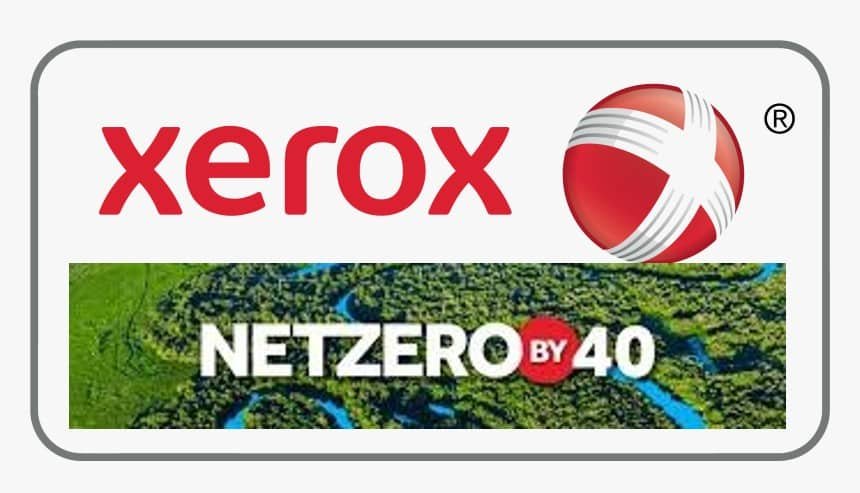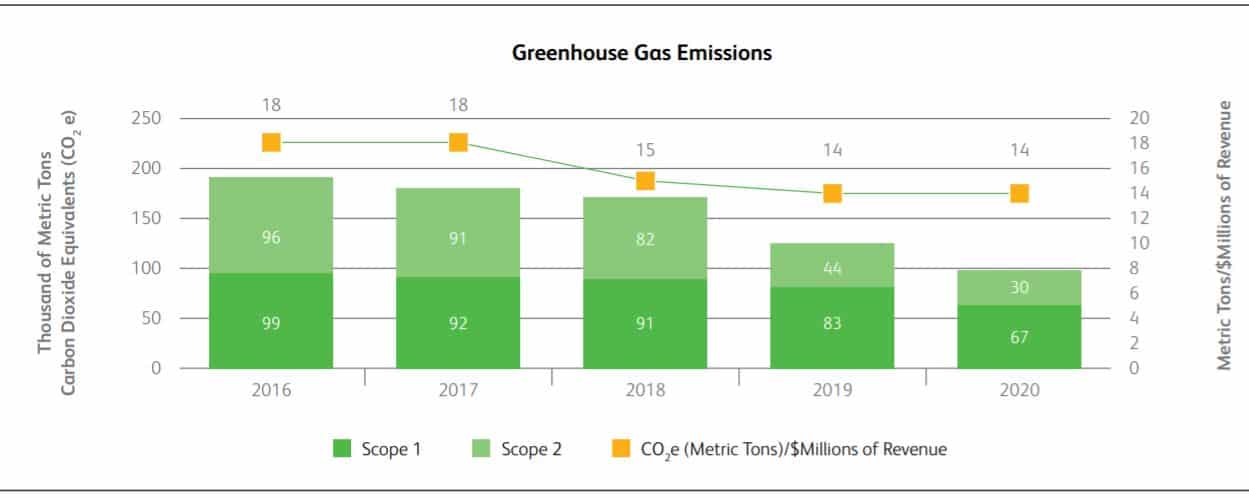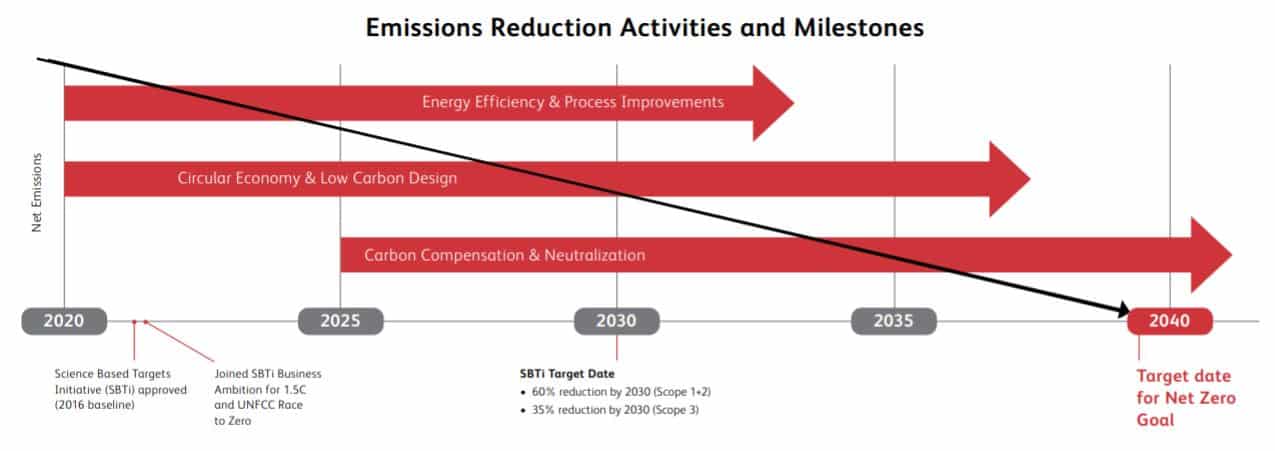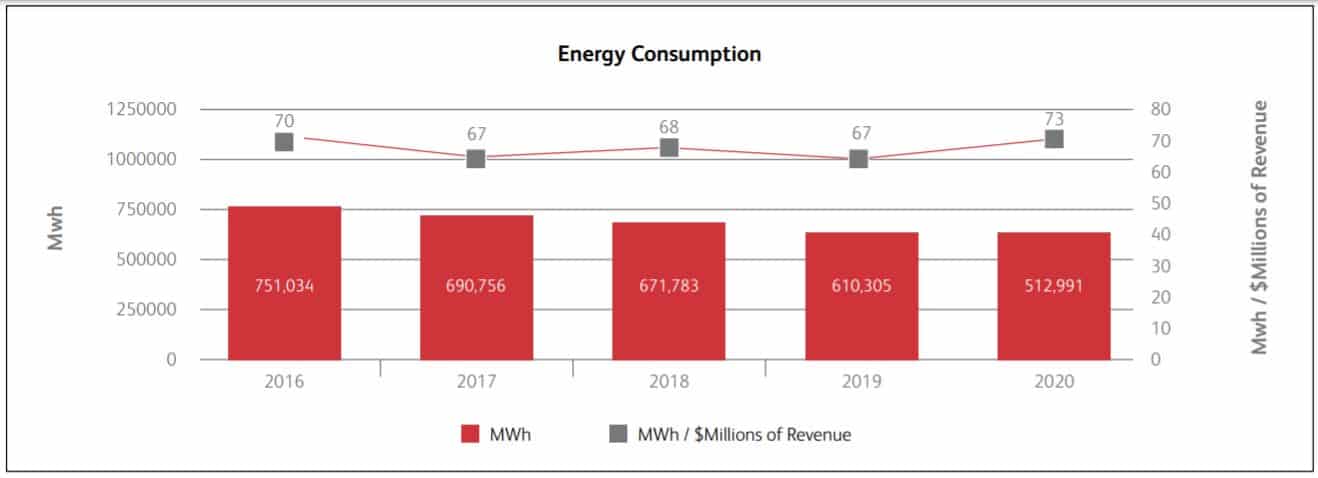Xerox moved up its climate goals by 10 years and joined the growing club of net zero 2040 pledges.
One of the most well-known copier brand names, Xerox believes it can control its impact on the planet. And fast-tracking its net zero goals by 10 years is one way of doing that.
In its most recent Corporate Social Responsibility Report, Xerox CEO John Visentin stated that:
“Our roadmap covers our full value chain and focuses on improving processes and energy efficiency… as well as designing environmentally responsible products and clean technologies that extend beyond print.”
Why Xerox Fast-Tracks its Net Zero Goal
Since establishing its first climate targets in 2003, Xerox has achieved a significant reduction in energy consumption and carbon emissions.
The firm’s first baseline year was between 2002 and 2016. Within that period, Xerox eliminated 320,000 tonnes of carbon dioxide equivalents (CO2e).
In 2016, the copier aimed to cut 25% more greenhouse gases by 2025. But it achieved that goal much earlier by 2019.
- So now Xerox wants to cut the same scope 1 (direct) and 2 (indirect) emissions by 60% by 2030 against its 2016 baseline. If it occurs on track, that will be an 85% reduction since 2002.
The following are the copier’s GHG emissions from 2016 up to 2020 involving its Scope 1 and 2 emissions.
In 2020, Xerox achieved a 50% reduction from the 2016 baseline for its Scope 1 and 2 emissions (97,456 metric tons of CO2e).
About 69% were direct emissions from the combustion of natural gas, gasoline, and diesel fuel. The remaining 31% of the emissions total were indirect emissions from purchased electricity and steam.
For Scope 3 emissions, the company has a 35% reduction goal by 2030. It has laid out a roadmap to help guide its efforts to achieve its net zero emissions goals.
Xerox Roadmap to Net Zero 2040
Xerox plans to reach its climate goals in three major pathways as shown in the figure below.
Energy Efficiency & Process Improvements
- Increase remote solve to reduce service miles
- Increase fleet fuel efficiency
- Real estate optimization
- Process and facilities energy reduction projects
- Incorporate internal carbon pricing into decisions
Circular Economy & Low Carbon Design
- Increase energy-efficient products
- Increase post-consumer materials in products
- Expand take-back and remanufacturing
- Test and commercialize Cleantech innovations
- Engage suppliers to lower carbon supply chain
Carbon Compensation & Neutralization
- Zero-carbon electricity
- Power Purchase Agreements (Solar / Wind)
- Renewable Energy Credits
- Renewable natural gas
- CO2 capture, sequestration, and reforestation
Operational efficiency improvements
Xerox invests in solutions that conserve natural resources and reduce the energy intensity of its operations.
For instance, it has replaced chillers, boilers, and compressors at manufacturing and office sites with high-efficiency equipment to minimize energy use. Such efforts allowed the copier to decrease its energy consumption by 15.9% in 2020.
The reduction has been steady since the 2016 baseline.
Beyond energy reduction, Xerox will further cut its emissions by employing low- and no-carbon alternatives. These include alternative fuels for fleet vehicles and renewable energy for operations.
Contributions to circular economy
Xerox also strives to eliminate and reduce its waste as part of its net zero goals. To do so, it develops recyclable packaging whenever possible.
Since 2014, Xerox has launched products that gained the environmental certification known as EPEAT Silver or Gold. It stands for Electronic Products Environmental Assessment Tool reflecting several categories of environmental attributes that span the life cycle of electronic products.
For the last 20 years, the firm has been aiming to keep toner cartridges out of landfills. Its take-back and remanufacturing program contributes significantly to this mission.
- In fact, over 1.5 million Xerox toner cartridges were manufactured using recovered cartridges in 2020. That represents as much as 50% of toner cartridge production.
Recycled waste toner makes up a quarter of the cartridge and does not affect print quality.
In 2021, Xerox introduced printers and multi-function devices with 10–16% post-consumer recycled plastic content. Then 21% is for the associated toner cartridges.
When it comes to compensating its emissions, Xerox plans to buy carbon credits to offset its unavoidable footprint. As to how much it will invest, the firm doesn’t specify yet.
But it will seek to invest in carbon capture and sequestration as well as supporting reforestation projects.




